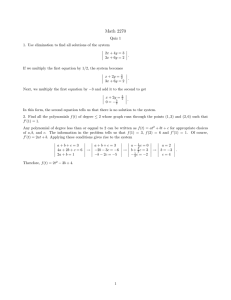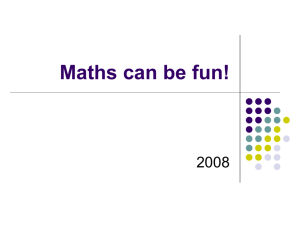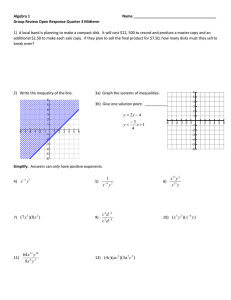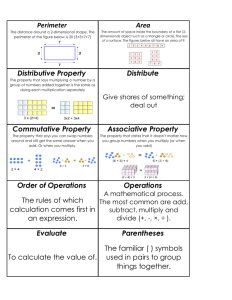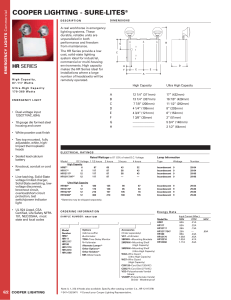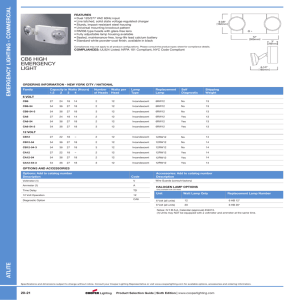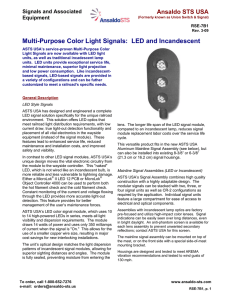Here we are comparing the annual cost of two night... LED. We know the operating cost, and we want to find...
advertisement
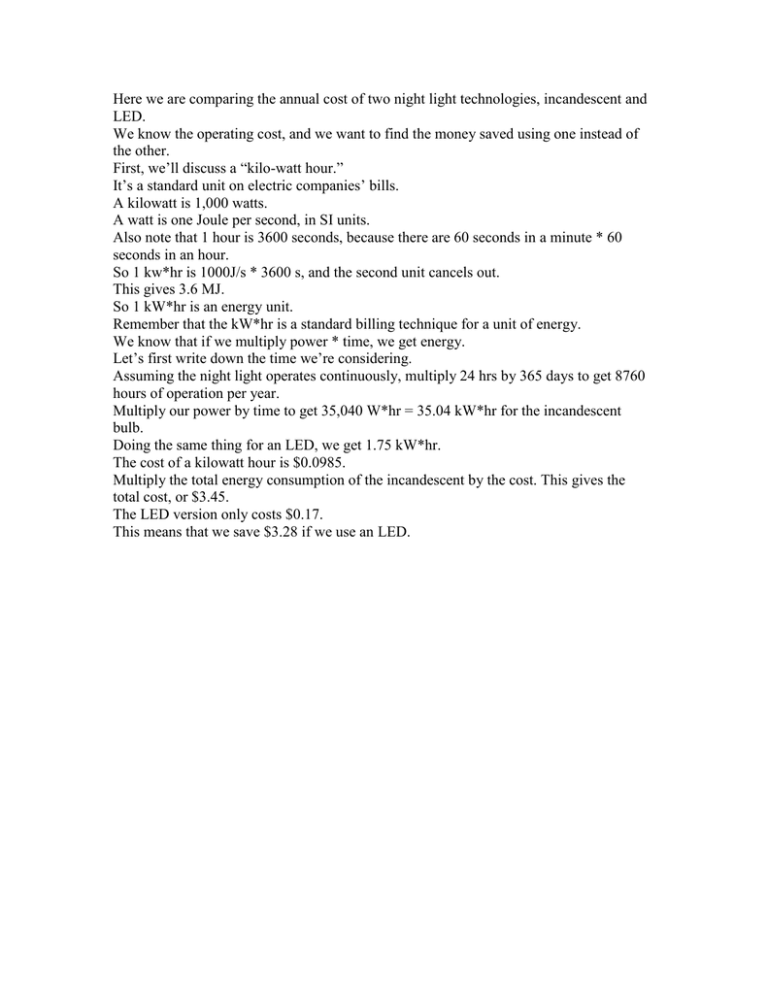
Here we are comparing the annual cost of two night light technologies, incandescent and LED. We know the operating cost, and we want to find the money saved using one instead of the other. First, we’ll discuss a “kilo-watt hour.” It’s a standard unit on electric companies’ bills. A kilowatt is 1,000 watts. A watt is one Joule per second, in SI units. Also note that 1 hour is 3600 seconds, because there are 60 seconds in a minute * 60 seconds in an hour. So 1 kw*hr is 1000J/s * 3600 s, and the second unit cancels out. This gives 3.6 MJ. So 1 kW*hr is an energy unit. Remember that the kW*hr is a standard billing technique for a unit of energy. We know that if we multiply power * time, we get energy. Let’s first write down the time we’re considering. Assuming the night light operates continuously, multiply 24 hrs by 365 days to get 8760 hours of operation per year. Multiply our power by time to get 35,040 W*hr = 35.04 kW*hr for the incandescent bulb. Doing the same thing for an LED, we get 1.75 kW*hr. The cost of a kilowatt hour is $0.0985. Multiply the total energy consumption of the incandescent by the cost. This gives the total cost, or $3.45. The LED version only costs $0.17. This means that we save $3.28 if we use an LED.

